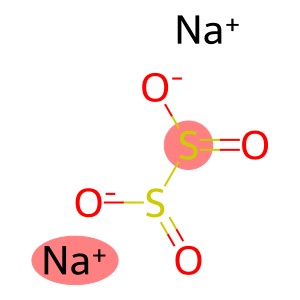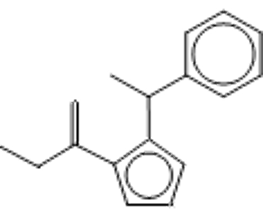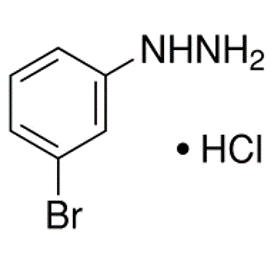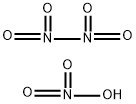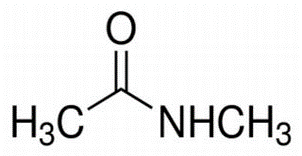Sodium hydrosulfite(CAS#7775-14-6)
Risk and Safety
| Hazard Symbols | Xn – Harmful |
| Risk Codes | R7 – May cause fire R22 – Harmful if swallowed R31 – Contact with acids liberates toxic gas |
| Safety Description | S26 – In case of contact with eyes, rinse immediately with plenty of water and seek medical advice. S28 – After contact with skin, wash immediately with plenty of soap-suds. S43 – In case of fire use … (there follows the type of fire-fighting equipment to be used.) S7/8 - S43E - S28A - |
| UN IDs | UN 1384 4.2/PG 2 |
| WGK Germany | 1 |
| FLUKA BRAND F CODES | 1-10 |
| TSCA | Yes |
| HS Code | 28311010 |
| Hazard Class | 4.2 |
| Packing Group | II |
| Toxicity | LD50 orally in Rabbit: 2500 mg/kg |
Sodium hydrosulfite(CAS#7775-14-6)
quality
White crystalline powder with the smell of sulfur dioxide. The relative density is about 1.3. Soluble in water and almost insoluble in ethanol. Unstable and easy to oxidize and decompose. Moisture, heat, or exposure to air can accelerate its decomposition and even combustion, producing sulfur dioxide and a large amount of heat when decomposed. When exposed to moisture or exposure to air, it loses its effectiveness and may burn. It will decompose when heated to more than 75~80 °C, and it will explode at 190 °C.
Method
Firstly, zinc powder is prepared with water or ethanol as a suspension, S02 is passed into the body to generate zinc dithionite under stirring, and then it is added to the sodium carbonate (or sodium hydroxide) solution to generate a suspension of sodium low sulfite and zinc hydroxide at a certain temperature, which is filtered, salted out and dehydrated to obtain sodium low sulfite. It can also be reacted by sulfur dioxide, sodium formate and soda ash in methanol solution to form low sodium sulfite crystals, which are washed, recrystallized, separated and dried to obtain the finished product.
use
Low sodium sulfite is more reducible in sulfite bleach. China stipulates the maximum use of candied fruits, dried fruits, dried vegetables, vermicelli, glucose, sugar, rock sugar, starch syrup, candy, liquid glucose, bamboo shoots, mushrooms and canned mushrooms0. 40g/kg。 The residue is calculated as sulfur dioxide, and bamboo shoots, mushrooms and canned mushrooms should not exceed 0. 05g/kg; Sugar, vermicelli and other varieties shall not exceed 0. 1g/kg; Liquid glucose must not exceed 0. 2g/kg; The compote must not exceed 0.05 g/kg. Potato powder residue (based on S02) ≤0. 05g/kg。
security
Rabbit oral LD50: 600~700mg/kg (based on S02). ADI 0~0. 70 mg/kg (as S02, total ADI}FAO/WHO, 1999, including S02 and sulfite).
It is packed in a polyethylene plastic bag (the plastic bag should be double-pierced) and tightly sealed with a covered iron drum, and the thickness of the iron sheet is not less than 0. 7mm。 The net weight of each barrel is 50kg. It is a second-class water-fired article, hazard code number: GB4.2 class 420120 UN N0.13840 IMDGCODE 4262 pages, class 4.2 (domestic according to 4.3 class 43041 processing). It should be stored in a cool, ventilated and dry warehouse. Moisture-proof, direct sunlight, away from fire, not in contact with water or water vapor, not mixed with oxidants or other flammable materials. Tie the mouth immediately after use, cover it, and store it properly. In the event of a fire, no water shall be used, and sand and carbon dioxide shall be used to extinguish the fire. Toxicity and dosage: food-grade products according to the national standard GB 2760-86: used as bleach for sugar, candy, biscuits, canned food, bamboo shoots, mushrooms, etc., the dosage is 0. 4g/kg。 See Sodium Sulfite Anhydrous for residue amount.


